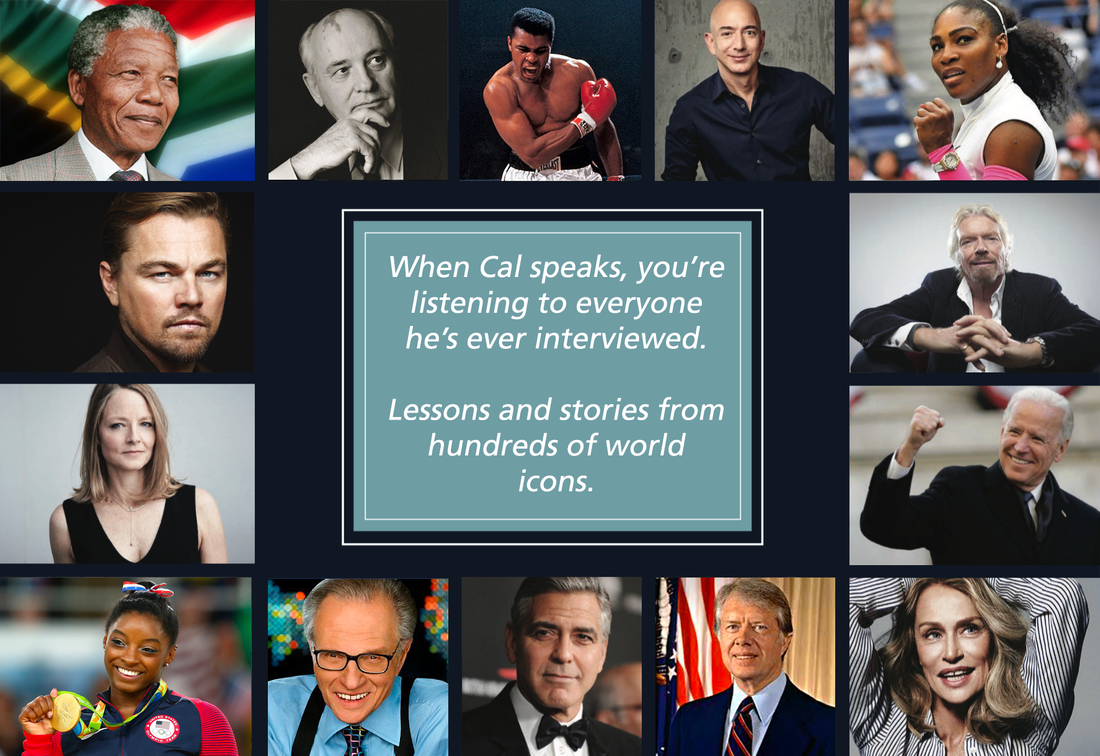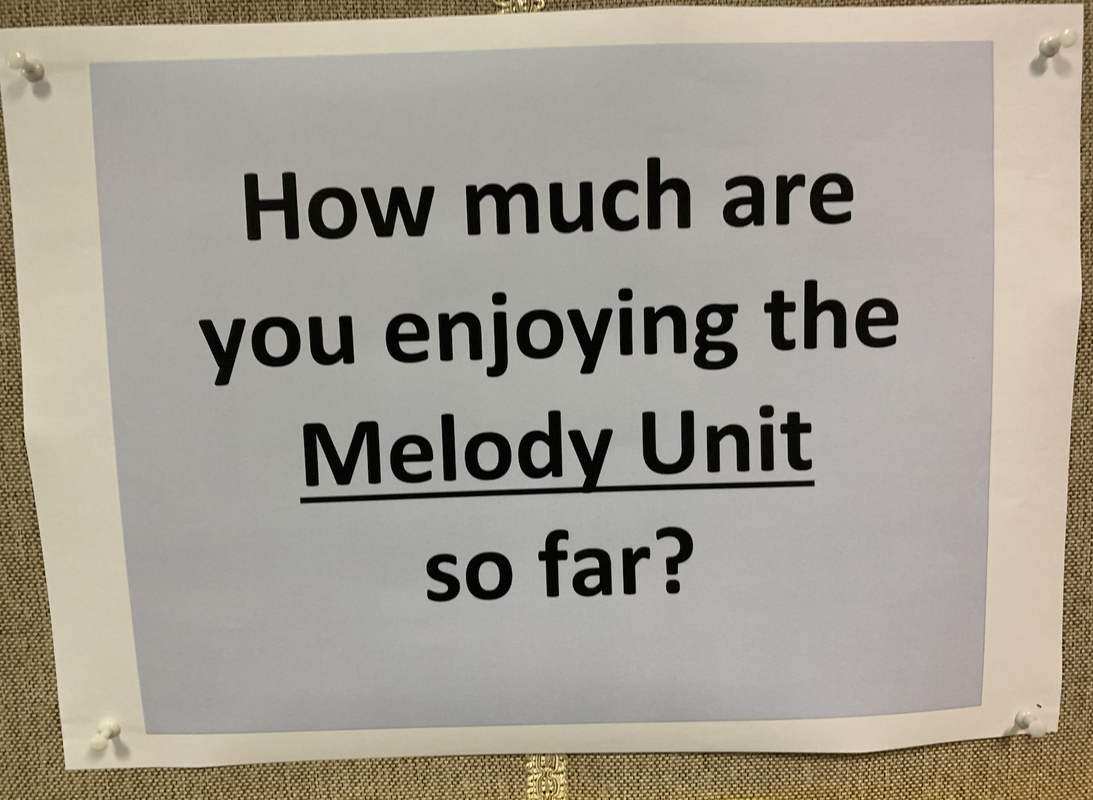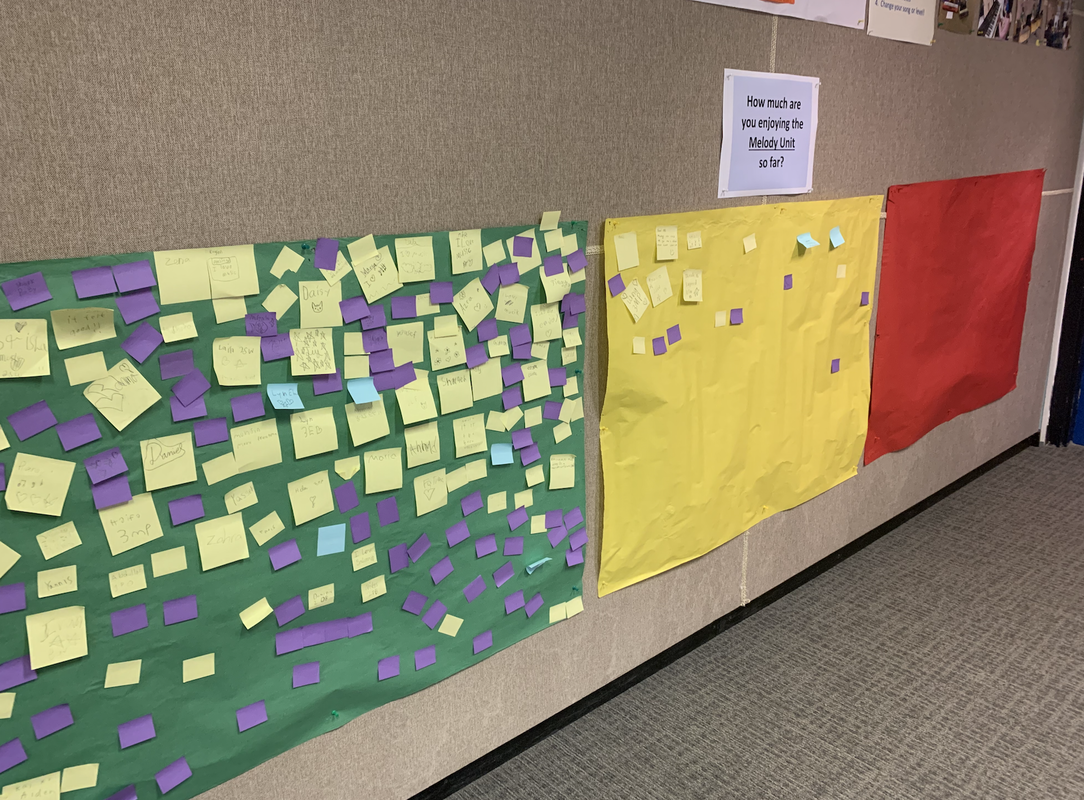“Respect begins with this attitude: I acknowledge that you are a creature of extreme worth.” Well-known Esquire magazine writer, Cal Fussman, once told a story about being 7 years old and what it was like finding out that US president, John F Kennedy, had been assassinated. Cal clearly remembers the look on his grade 2 classroom teacher’s face as she told the students that Kennedy had been killed and that vice president, Lyndon B Johnson, would be sworn in as the new president of the United States. As Cal tried to process what this meant, he knew that it was a tragic event of historical significance in his country. All of the students in the school were sent home for the day. Later that evening, as Cal watched Johnson being sworn in as president, he began to wonder “what was it like for that guy?”. Questions began to pop up in his mind such as, “What is Johnson really thinking?” and “What was it like to wake up one day and suddenly become the president of the United States?”. Cal felt so overwhelmed by these questions that he decided to write a letter to the President of the United States and ask him all the questions that were racing through his mind. Cal’s parents showed their own support by sending the letter to the White House. Months would pass by with no response, but to Cal’s massive surprise (and shock), he received a letter back from Lyndon B Johnson’s personal assistant Wanita Roberts. On behalf of the president, Wanita thanked Cal for his amazing questions and told him how moved Johnson was by his letter. She went on to answer all of his questions and, as Cal and his parents read the letter, he beamed with pride in knowing that he had received an actual response from the White House. As Cal reflected back on that day, he described in his own words that, “In that moment, I was made to feel that what I thought mattered. I felt a deep sense that I was respected and was being treated as an adult – that I actually mattered and was valued.” This event would go on to shape Cal’s life and lead to him becoming one of the most renowned journalists in the United States. Cal would go on to interview extraordinary people such as Nelson Mandela, Jimmy Carter, Serena Williams, Mohammad Ali, Kobe Bryant, Clint Eastwood, Madonna, Jeff Bezos, Richard Branson and countless other influential people in sport, politics, entertainment and business. When I heard Cal’s story about the letter to Johnson and how receiving a response impacted him so deeply, I couldn’t help but think about the students who enter our classrooms every day. As Thin Book of Trust author, Charles Feltman, states, ‘Every single interaction we have throughout the day is an opportunity to deepen trust or break it through our words and actions.” Although our students are young and have so much to learn, what they think, feel, believe and want truly matters. So, bearing this in mind, as educators, how are we taking little moments throughout the day to reinforce to them that they do matter. How do our actions align with ensuring we create the conditions for deep respect in the classroom? How are we consistently checking in with students to get feedback, to hear their suggestions, and use these ideas as an important gateway to further discussions? How can their feedback help to truly shape our teaching to ensure we reach every child? A Simple Yet Effective Strategy Having worked closely with my colleague Scott in regards to his music program over the years, I know that he is always reflecting on ways to better reach his students and engage them in their learning. In order to do this, he has always been willing to tinker with new ideas and try out different strategies that help him to better understand possible next steps in his teaching. A new strategy he is putting into action in his current ‘Melody’ unit required a bit of set up work, but has been highly effective in providing him with direct and immediate feedback about the students' experiences in his current unit. It allows him to peer into the students’ actual experiences and see to what extent they are enjoying the unit. As you can see by the photo below, he has set up an exit ticket strategy on the wall of his classroom directly beside the door. There are three large pieces of paper adhered to the wall. The first color is green followed by yellow then followed by red. The exit ticket strategy which takes no longer than 2-3 minutes has each student use a sticky note to indicate to what extent they are enjoying the unit. As Scott teaches grades 1, 2, and 3, each grade level uses a specific color sticky note so Scott can see the differences between the grades. The green poster means that the kids are really enjoying the unit. The yellow poster means that they like it for the most part but there are things they think can be improved. The red poster means that they do not like it at all. There are three key things that this exit ticket strategy achieves:
In conclusion, what might you take away from this strategy that could be applied to your teaching in any discipline? How might you dig into the student experiences more by getting them to reflect on how much they are actually enjoying their learning? How can this not only help to make your students feel more valued and respected, but also give you deeper insight into who they are and how they learn? Great things continue to happen across classrooms around the world, but the more we share, the more we learn. I hope this post has you thinking more deeply about what is possible in your own teaching. Thanks for reading.
0 Comments
Leave a Reply. |
AuthorKAUST Faculty, Pedagogical Coach. Presenter & Workshop Leader.IB Educator. #RunYourLife podcast host. Archives
September 2022
|
- Welcome
- All Things Teaching and Learning
- The Aligned Leader Blog
- Consulting and Coaching Opportunities
- My TED X Talk
- My Leadership Blog
- Run Your Life Podcast Series
- How PYP PE with Andy Has Helped Others
- Good Teaching is L.I.F.E
- The Sportfolio
- Example Assessment Tasks
- PYP Attitude Posters (printable)
- Publications



 RSS Feed
RSS Feed
